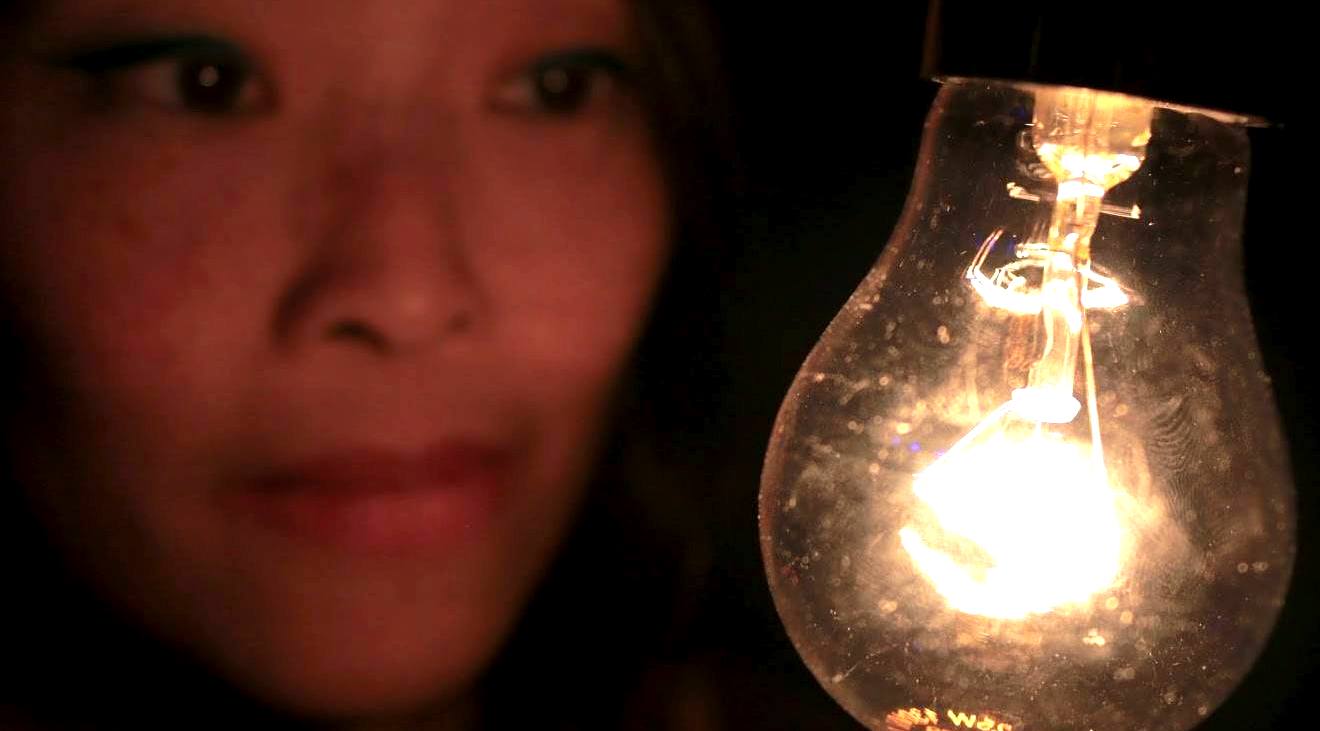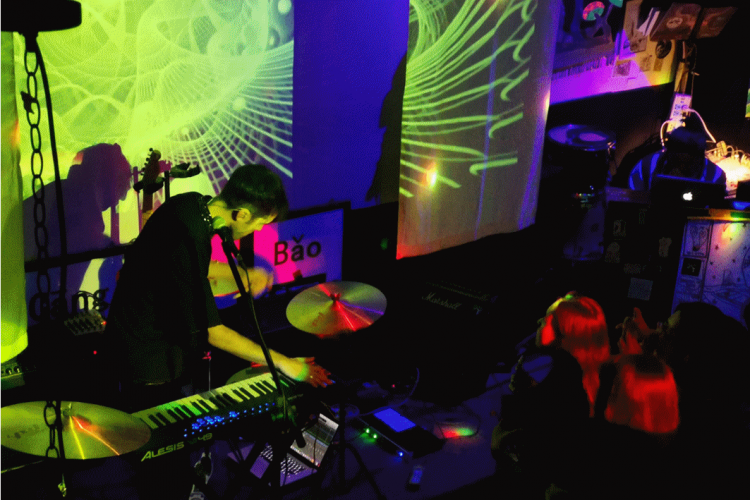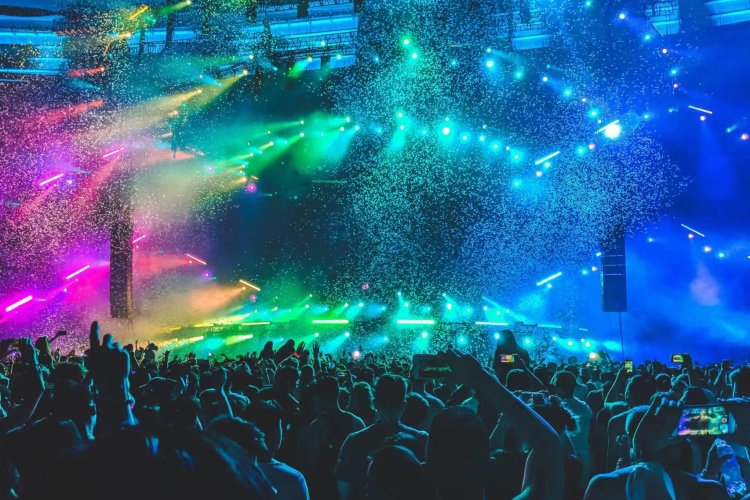Composing Sound Out of Light With Hong Kong Experimental Composer Viola Yip
[NOTE Apr 14, 11am] Tonight's show has been postponed to 7.30pm due to unscheduled construction work at Aotu Studio.
One of the key things in the art world is to keep an open mind – never tie yourself down to one concept, one location, or one idea. Viola Yip, the Hong Kong-raised, New York-based composer and performer, takes this ideology to heart as she maps the boundaries and then pushes them in her world of sound.
Yip's compositions span acoustic and electronic music, graphic scores, and structured improvisations. Her works have made their way into all variety of spaces – from the Women Composers Festival of Hartford to soundSCAPE Festival to the Musicarama Festival in Hong Kong and the PAUSA Art House in Buffalo, New York. A pianist, speaker, and improviser, she’s a true blood music advocate who constantly engages with the world around her in ways that fascinate and intrigue.
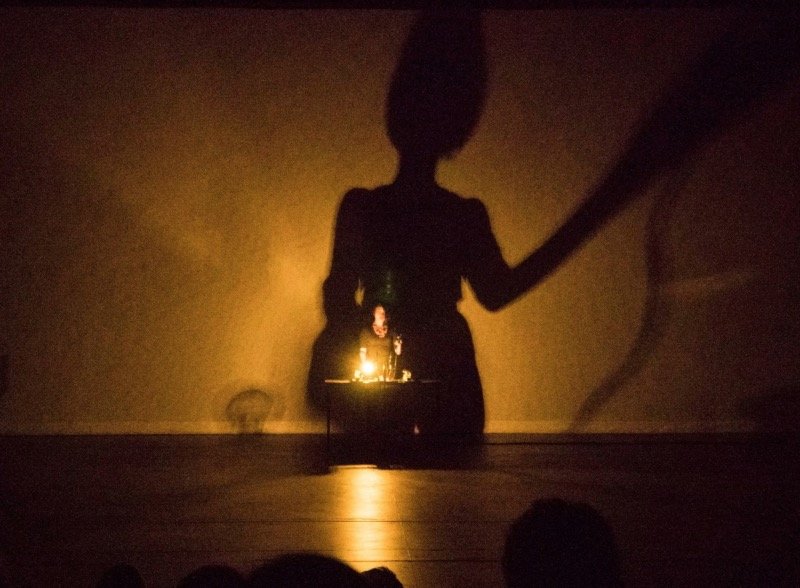
This Sunday, Apr 14 at Aotu Studio, Yip, in her Beijing debut, will be presenting her latest audiovisual set. It uses the electric flow and the vibrations of flickering light bulbs as a sound source, and explores the musical possibilities in the common ground between the vibrations of light and sound. I chatted with the artist about her upbringing, finding inspiration, and her attraction to light as a musical medium.
While you’re a native of Hong Kong, you cut your teeth for the most part as a composer and performer in New York. What parts of Hong Kong remain with you or inform your life and work in the USA?
I did not cut my teeth (which sounds painful! haha!) in Hong Kong. Everything has been developed gradually. I went to the US for the first time as an exchange student in Indiana, then I returned to do my master's degree in Ohio. After graduating, I moved to New York City by chance (I would save this crazy story for another time!). I guess I started my professional career in the US. Because my friends and collaborators are based in America, it made sense for me to stay there as an artist. Up to this point, for me, I do not want to fix where I want to be. It really depends on where are the people I want to work with and where would be the best place for me to make the kind of art that I want to make. This year, I have been dividing my time between the US, Germany, and Hong Kong, and it has been very productive.
It is really hard to analyze my own “Hongkongness.” From my perspective, all I can do is be honest with myself and act the way I think. I was born and grew up in Hong Kong until I finished my undergraduate studies. So, of course, Hong Kong has greatly shaped the person I am. And the way I am is the result of a series of conscious decisions of what I like and what I do not like, as well as what I want and what I do not want for my life. To me, my upbringing in Hong Kong is a reference point, instead of an origin to look back at. Now I am an adult, and I can choose what I want to remain, and what I want to change in my life. Art and music is such a big part of my life that I do the same for my art as I do for my life.
What ideas do you like to explore in your art?
I like to find different ideas to play within each of my works. On Sunday, I will be performing two sets. The first set, "vibrations vivantes iii," is a performance that I create out of my friend Levy Lorenzo’s instrument Lightbot. I was very interested in seeing how the theatricality of our performative gestures can change the sounds in performances. In the piece, I will be turning on and off lightbulbs, and turning my body movements into electronic sounds.
The second set is "bulbble," using an instrument that I built with four relays and four lightbulbs a few weeks ago. I was very interested in developing a musical act based on a seemingly stubborn on-and-off mechanism of relays. During the piece, I will control the relays with just buttons and knobs, expanding the on-and-off mechanism into the pulse-timbre continuum. Furthermore, sonically, we will also experience the interference that came from in-between relays, as well as between the relays and electricity.
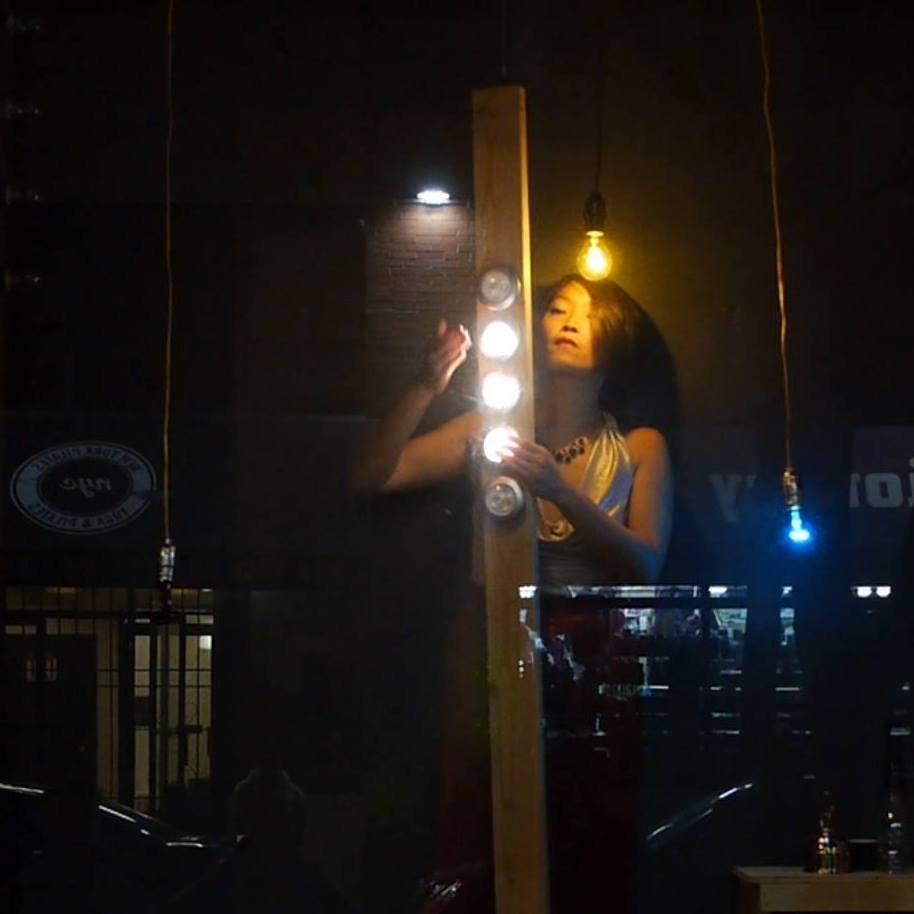
What’s the process for an artist like yourself when you form and pursue a new project?
First of all, I have been very lucky that I get to pursue new projects with my own interest, almost without limitation. Usually, I get to work with people who are interested in my work and they gave me a lot of freedom for the things that I would like to work on.
Each project is different. Sometimes I am inspired by the people whom I work with and I wanted to develop my work according to their strengths. Sometimes I am inspired by daily objects. I like to observe how things function and I want to make it a performative act. Sometimes I had strong conceptual ideas that I needed to commit myself to and find my way to build something that expresses the idea(s).
There is really no fixed formula; the building process is also a dynamic one. When I have an idea, I build something that works with that idea. Usually what happens is that by the time I finish building the things that I imagined, the unimaginable results have emerged. So I usually spend more time playing around [the idea] and learning how it behaves or figure out what needs to be improved. Then I modify and modify until I get the result that works with my original idea and fully utilize the instrument’s potentiality in music and performance.
Could you elaborate on your most recent conception – ‘exploring the musical possibilities in the common ground between the vibrations of light and sound’ and how it began and materialized?
It is a dense one. In short, when we see lights and sounds as vibrations, a common platform that forms a spectrum which demands our visual perception on one end and audio perception on the other; it opens up a lot of creative possibilities for music and performances.
I was introduced to the idea of adding sound and light in performances when I first learned to build Levy’s lightbot. It is an instrument that generates synthesized sounds through a photosensor. I was an acoustic composer at that time (that means I mostly wrote music for acoustic instruments, such as the violin). While using technology in my work was new, going through that process allows me to learn about the technological mediation in the intersection of lights and sounds where lights can trigger sounds and vice versa.
From the same process, I was also attracted by light when it appeared to me as a very musical medium. Light has quite a few similar qualities as sound in music. First of all, it does give us rhythm and texture when we turn on and off the light as well as combine multiple lights with various intensities. Moreover, different kinds of lights (e.g. incandescent lightbulbs and LED par lights) can provide different timbres. Furthermore, just the intensity of the light itself, together with the color of the light, can directly affect our bodies. For instance, the warm sensation on my chest that I get from a dimmed transparent yellow incandescent lightbulb is very similar to how I feel from an epic chord in a romantic symphony from classical music. When I first felt that, it was so powerful to me that I felt motivated to invest my time to look into light as a musical medium. I was wondering how music can be perceived beyond the realm of sounds.
Since then, I have been trying to go in different directions in order to explore how light could be musical in an analogical sense. I have developed controllers to improvise light with my duo partner on electric guitar. When I work with lights, I noticed that shadows are unavoidable artifacts of lights. So I have some projects that focus on developing musical shadows and challenge what it means by engaging the relationships between lights and shadows as well as the quality of reflected lights. Furthermore, lights and electronic sounds would not be made possible without the facilitation of electricity. And that’s the layer that is easily forgotten and yet it is versatile to incorporate in a musical context. One could sonify it through electromagnetic fields, but what I do in my piece "bulbble" was using the electromagnetic fields from the relays to generate interferences to other relays, which greatly affect the performance sonically and visually.
This is what I have done so far, but I still see more creative possibilities that emerge from the intersection of lights and sounds. They are seemingly different, which engage our different sensory organs; and yet they are so similar on a vibrational level. For me, as a musician, I see them as a musical counterpoint, which enriches our musical experience, rather than two separate entities. It is such a rich area that has not been explored enough, and therefore I am interested in exploring it. But one thing that I want to emphasize is that light is only one of the things that I engage artistically, I also make instruments that do not have lights at all!
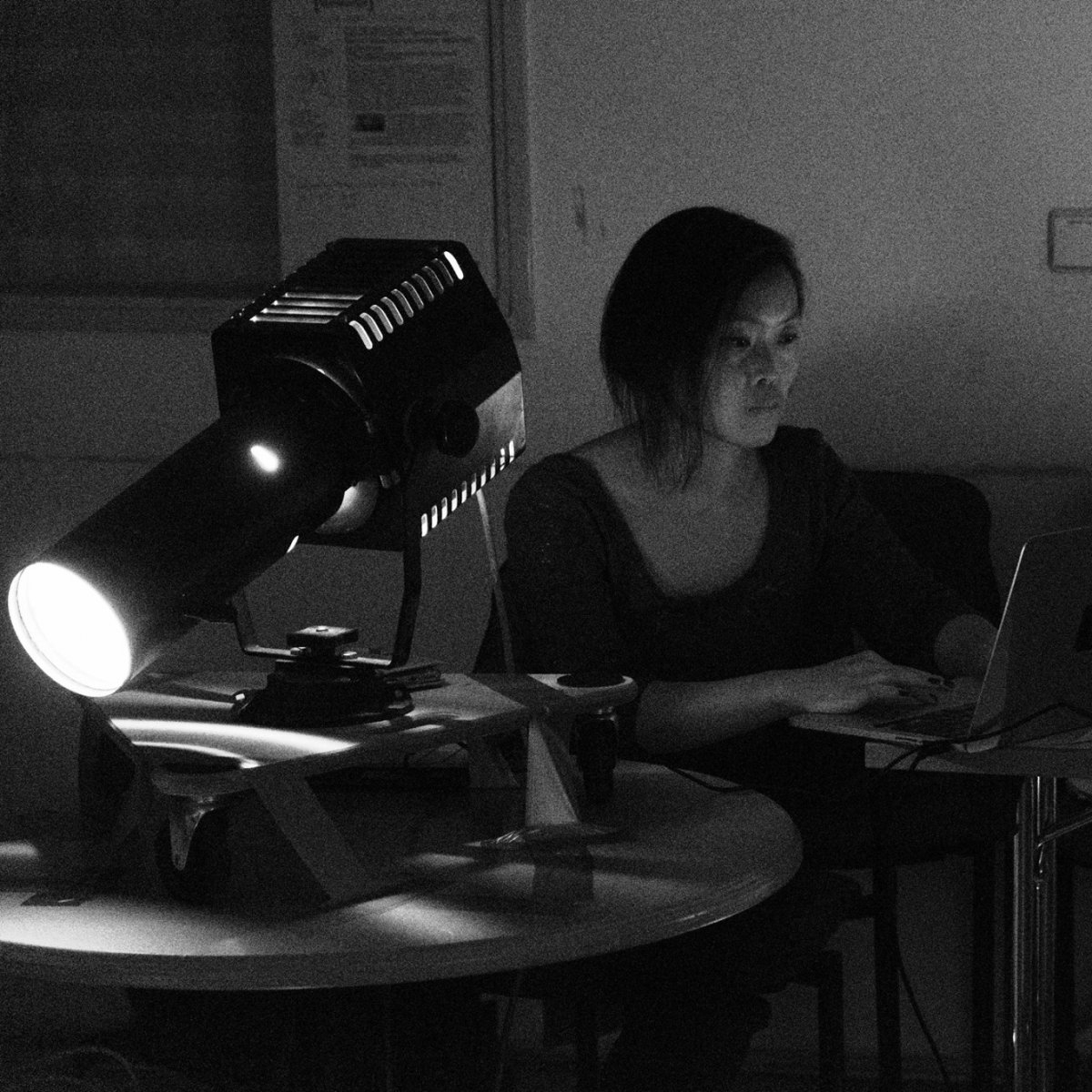
It’s not too much of a stretch to consider these ‘arranged networks of light bulbs’ as an instrument unto itself. What’s your thought process behind instrument building as it relates to composing and performing?
You are very on point! I do see these “arranged networks” as my instruments. I definitely see building instrument as my way of composing these days, as I usually start building an instrument with a musical idea in mind. Then I built a structure for different levels of commands, such as how the commands of buttons and knobs work and which button(s) have a higher priority over other buttons, etc. For me, it is all part of the compositional process; different behaviors and the structures of buttons and knobs do change the sonic result drastically. Like I said before, the building process is usually dynamic. Since the instruments are built for myself to perform, my performing habits and aesthetic preferences also have a big role to determine how the instruments are built and how the buttons and knobs are arranged.
How has your interactions with China, and in particular, Beijing’s experimental music and art scene been so far?
This is going to be my very first time in Beijing as a musician and as an adult. From outside of China, I have been hearing so many exciting things in the experimental music and art scene happening there. I am very curious and looking forward to checking out the scene and meet new friends in the area while I am around!
Catch Viola Yip this Sunday at Aotu Studio alongside noise guitarist Li Jianhong and contemporary dancer Emily Wong. Tickets are RMB 40.
In the mood for music? Browse the over 40 gigs happening this weekend, right here.
Photos courtesy of Viola Kip
Related stories :
Comments
New comments are displayed first.Comments
![]() WaqarOptimist
Submitted by Guest on Fri, 04/12/2019 - 18:26 Permalink
WaqarOptimist
Submitted by Guest on Fri, 04/12/2019 - 18:26 Permalink
Re: Composing Sound Out of Light With Hong Kong Experimental...
Reminded me of a singer named Tansen who used to make it rain and even set things on fire using his singing. But there is another school of thought that believe that raining and firing by singing should just be taken as figurative characteristics of the King Akbar the Great's prominent singer.
Validate your mobile phone number to post comments.

